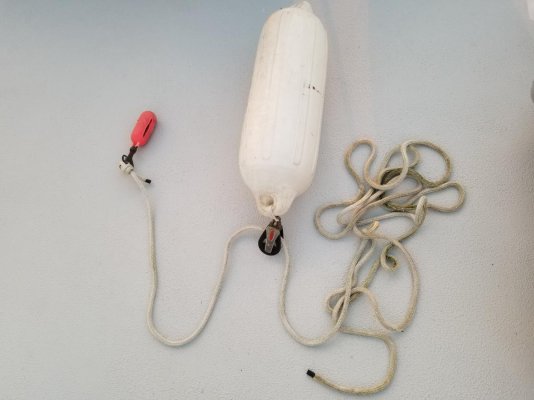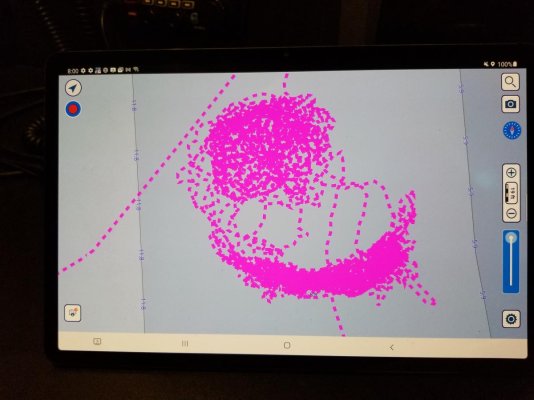All,
Considering a trip line for those difficult, or impossible anchor raisings.
Another thought is perhaps using a tie wrap, where the chain is secured to the trip line hole on the anchor and the tie wrap holds the chain to the normal anchor hole. If really stuck, just tighten up the line and tie off to the Sampson post, and pull hard enough to break the tie wrap and use the chain to pull up from the trip line hole.
Thoughts?
Choice of line for the trip line?
And what size tie wrap for a ~70# anchor? Don't want to big or small.
+++
Been pretty lucky so far, but have had a few tight calls and just hate to loose a nice anchor.
Considering a trip line for those difficult, or impossible anchor raisings.
Another thought is perhaps using a tie wrap, where the chain is secured to the trip line hole on the anchor and the tie wrap holds the chain to the normal anchor hole. If really stuck, just tighten up the line and tie off to the Sampson post, and pull hard enough to break the tie wrap and use the chain to pull up from the trip line hole.
Thoughts?
Choice of line for the trip line?
And what size tie wrap for a ~70# anchor? Don't want to big or small.
+++
Been pretty lucky so far, but have had a few tight calls and just hate to loose a nice anchor.



